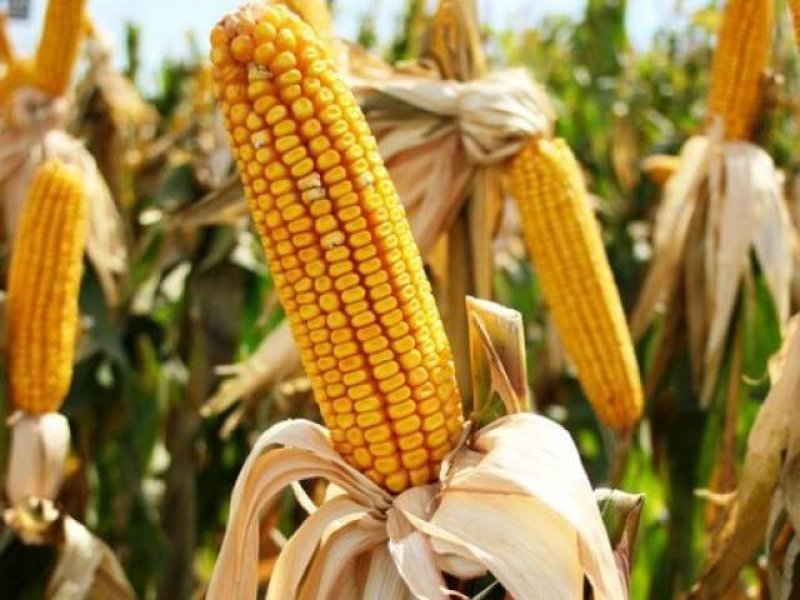Editor’s Note: This article discusses a study published in Scientific Reports entitled “An integrated multi-omics analysis of the NK603 Roundup-tolerant GM maize reveals metabolism disturbances caused by the transformation process” which claims that genetically modified corn is not substantially equivalent to non-GM corn. The GLP posted scientists initial reactions to the study: “Séralini paper: Molecular analysis shows GMO corn differs from non-GMO–Is difference meaningful?“
Plant biologists have said this research doesn’t show what it claims to.
…the main point that has been made is that they haven’t found what the typical range of amounts of each protein is first, and without that you can’t tell if the differences they found are unexpected or not—the results end up hanging the air, neither here nor there.
…
The authors are an international group of scientists, the best known who would be Gilles-Eric Séralini whose previous work has been widely criticised.
…
Some expert comments are available at the UK Science Media Centre:
Dan MacLean, Head of Bioinformatics at The Sainsbury Laboratory. The Sainsbury Laboratory is one of the biggest (if not the biggest) plant laboratories in the UK. They have a lot of experience studying plants.
A big issue with this analysis is that materials were collected under potentially quite different conditions. Different parts of the same farm, potentially different chemical makeups in the soil, different water contents, different elevations, exposures and temperatures. Under tight laboratory conditions the metabolome and proteome are very variable and the statistics presented here do not go anywhere near controlling for those factors.
…
Another source of commentary are the comments following the research paper itself.
…
It’s worth reading a blog post at the Genetic Literacy blog post as a companion piece to my own, one that delves into a little more detail.
Kevin Folta, who has long been involved in communicating about genetic modification, particularly of crops, has expressed a few thoughts in the comments –
My favorite part of the paper is that they did NOT detect glyphosate on plants sprayed with glyphosate. However, activists claim to detect it in food.
The rest of this paper confirms well that the products are essentially the same. The differences observed are not much more than you’d expect from small environmental variations in plant biology. I would have liked to have seen a comparison within samples from the control group (the isoline). I have a funny feeling you’d see variation there too. Small differences in moisture, etc could account for the differences.
On the other hand there could be small collateral changes induced by a transgene. No surprise there. The question is, is there any reason to believe the changes observed in metabolites are problematic? No. Not at all. Other plants make the same polyamine compounds in mountains relative to corn.
The title and discussion were completely inappropriate for a scientific journal and should have been revised. But obviously soft reviewers and editor that let it slide.
The GLP aggregated and excerpted this blog/article to reflect the diversity of news, opinion, and analysis. Read full, original post: Is GM corn really different to non-GM corn?































